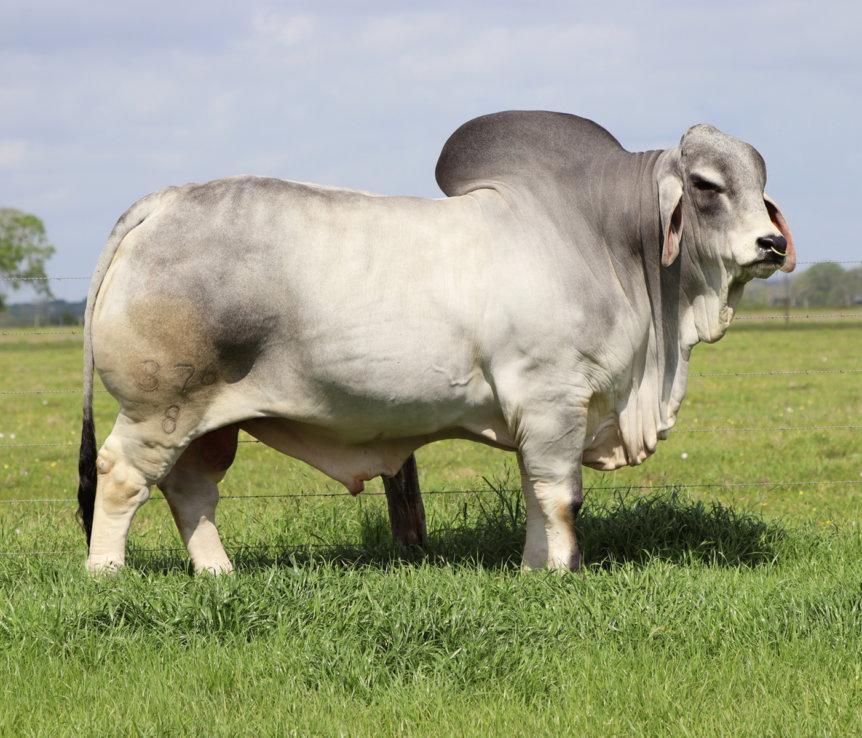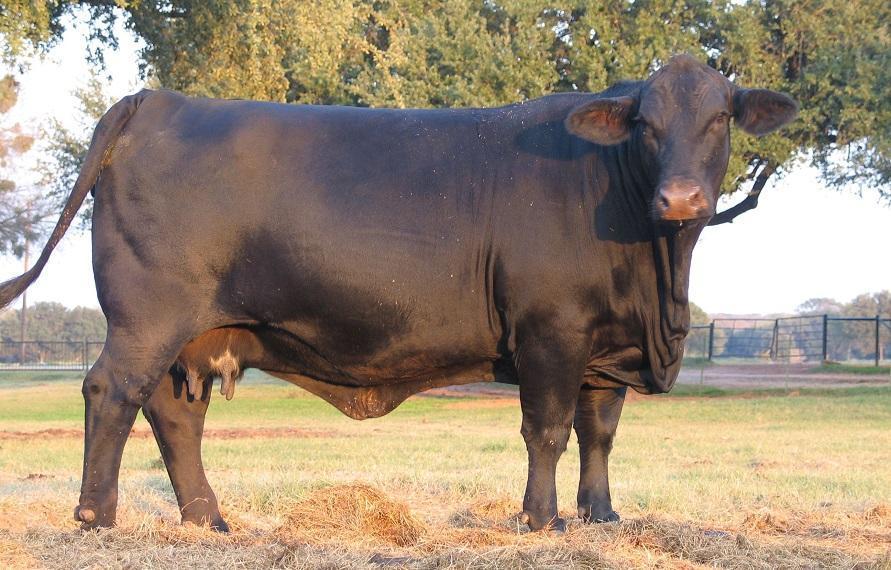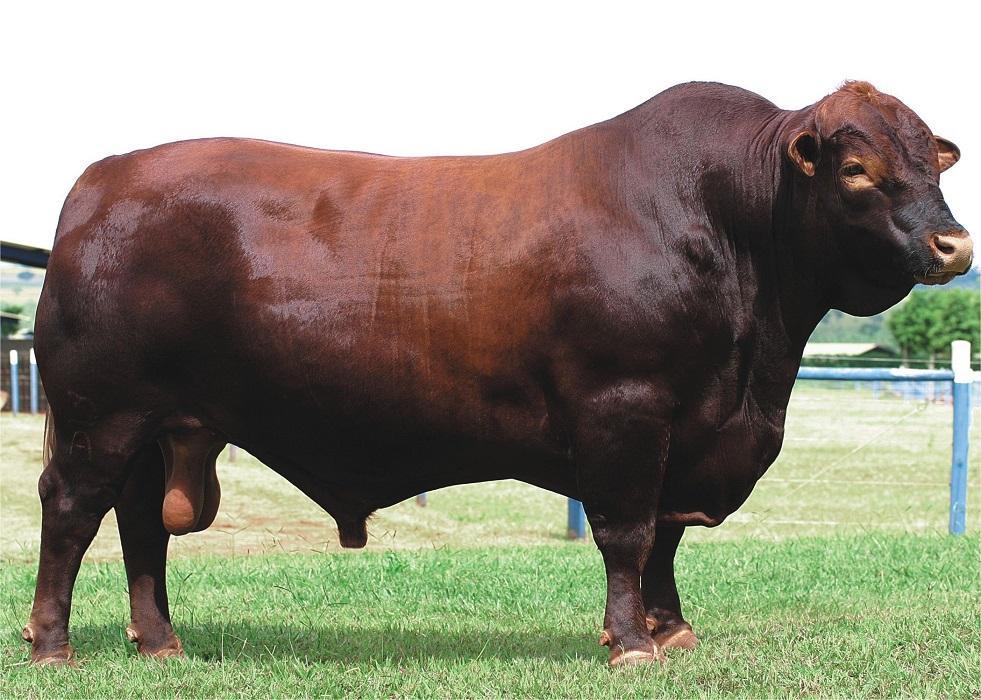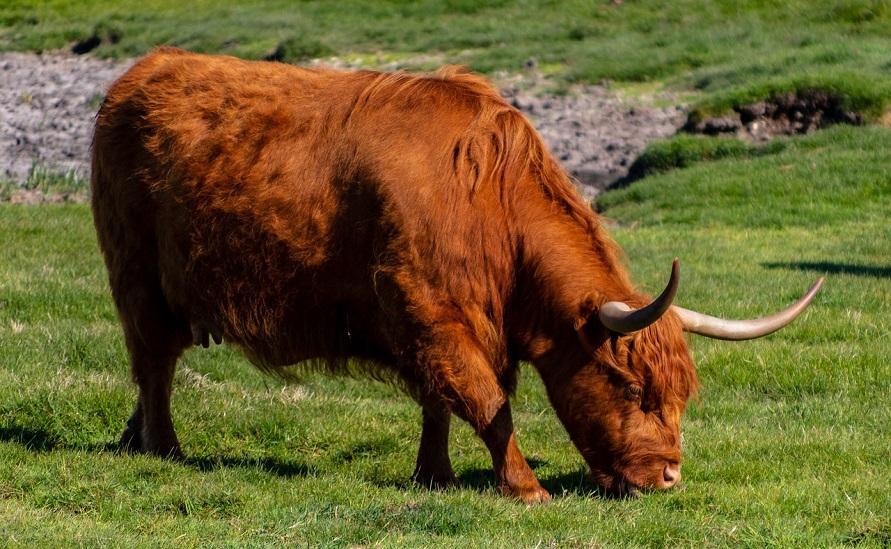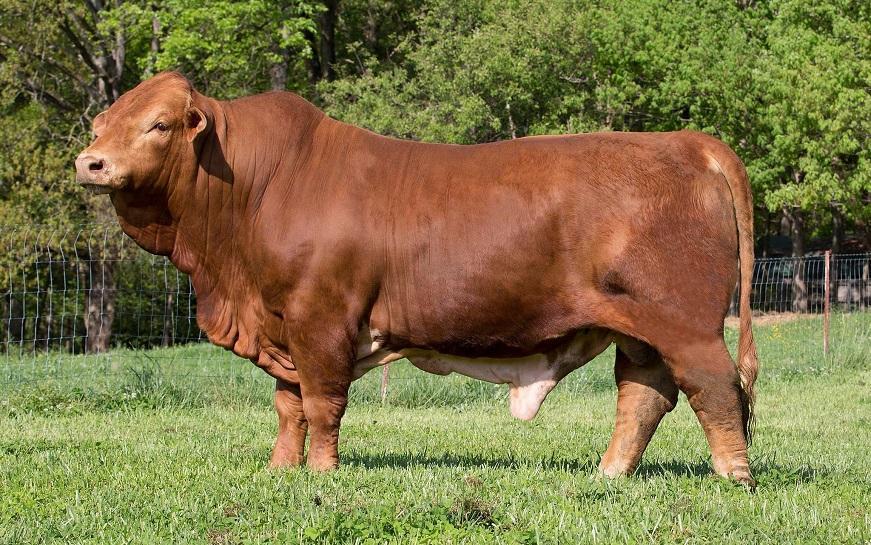Meat Goats
Goat meat is a good source of protein and is healthier than most other red meats due to its low levels of saturated fat and cholesterol. While the demand for goat meat was initially niche in the United States, it began to increase from the 1990s onwards, most notably with the introduction of the Boer goat. Today, the U.S. raises about 2.6 to 2.7 million meat goats every year. Currently, about 97% of the world’s goat meat is sourced from developing countries. China leads production at around 40%, followed by India (8.65%), Pakistan (8.36%), and Nigeria (4.36%).
List of Meat Goats
The following goat breeds are known for their meat, arranged by the maximum weight they can achieve.
| Breed | Size (in lbs) |
|---|---|
| Kiko | 100-350 |
| Anglo-Nubian | 240-310 |
| Texmaster | 190-310 |
| Kalahari Red | 165-253 |
| Boer | 207-251 |
| Savanna | 130-250 |
| Rove | 100-200 |
| Spanish | 50-200 |
| Asmari | 99-198 |
| Tennessee Meat | 60-175 |
| Frisa Valtellinese | 143-154 |
| Sahelian | 55-123 |
| Angora | 77-99 |
| Hejazi | 55-99 |
| Black Bengal | 55-66 |
What Makes a Good Meat Goat
- Rapid Growth Rate – Rapid growth is essential for a meat goat. Under favorable conditions, some goats gain 0.4-0.5 lbs daily for about three months after birth, though for most, the benchmark is around 0.25-0.3 lbs per day.
| Breed | Kiko | Boer | Tennessee Meat |
| Average Rapid Growth Rate (in lbs/day) | 0.35-0.4 | 0.3-0.45 | 0.3-0.5 |
- Good Muscle Development – To ensure a good yield of meat from a goat, it should have well-defined musculature, which indicates that the carcass will be substantial after butchering. The proportion of the carcass to the goat’s total live weight is known as the ‘dressing percentage.’ This metric depends on a variety of factors but typically involves removing the head, hooves, hide, and internal organs during butchering. For most meat goats, the dressing percentage ranges from 40 to 55%, meaning that a single carcass will contain that much usable meat. The percentage tends to be higher for younger goats or kids, generally between 60 and 68%.
| Breed | Boer | Kiko | Tennessee Meat | Spanish |
| Dressing Percentage | 50-55% | 50-55% | 48-52% | 45-50% |
- Feed Conversion Efficiency – The goat should convert most of its feed into body mass, which means increasing its weight with minimal waste. For a lower conversion rate, the diet should primarily consist of forage, such as pasture and hay for roughage. Experts suggest providing high-nutrient foods rich in protein, like corn, wheat, and soybeans. Goats on this diet tend to have an average Feed Conversion Rate (FCR) of 4.5-5. For instance, if a goat eats 200 lbs of feed for a fixed period and gains 40 lbs, its FCR is = (200/40) = 5.
| Breed | Boer | Spanish | Savanna | Kiko |
| FCR | 3.5-5 | 3.5-5 | 3-4.5 | 3-4.5 |
- Resilience – The breed should be able to adapt to various environments. For instance, the Kiko goat is great for hot and cold climates, while the Kalahari Red adapts well to the arid climate of the desert it is named after.
- Adaptability – The goat should be hardy enough to shrug off most diseases and parasites. For example, both the Kiko and Spanish goats show resistance to gastrointestinal worms, while the Black Bengal goat has a decent tolerance to Foot-and-mouth Disease (FMD).
FAQs
Several factors, like the quality of the pasture, the size of the breeds kept, and the region’s climate, can influence the size of the herd. For instance, 6-8 meat goats can be raised on an acre-wide pasture with lush, high-quality vegetation for them to graze on.
Meat goats are reared until they are capable of producing the desired quality of meat. For tender kid meat, it is best to butcher a goat at 4-6 months of age. However, for more textured meat, it would be better to wait for at least a year. Sometimes, it might pay off to wait even longer than that, as older goats weigh more and often sell at higher prices.


